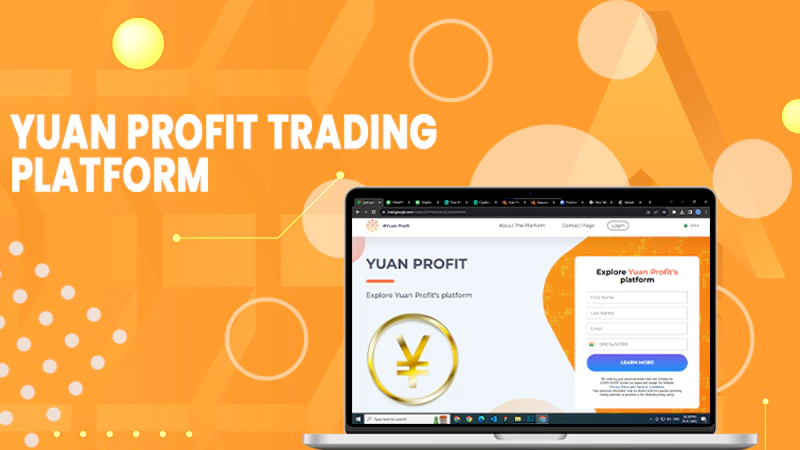Smart Ways to Pick the Right ELSS Funds for Yourself in 2023 and Beyond
Equity Linked Saving Schemes of ELSS funds offer investors an attractive chance to invest in equity markets without having to carry out extensive research. These mutual funds invest a significant or majority portion of their corpus in equity and equity-related instruments intending to increase the chances of good returns over the long run. Highly popular among investors looking for tax returns, ELSS funds come with a lock-in period of three years. Since these funds invest in equities, there are some risks involved. So, let’s look at some ways to choose the right ELSS funds to manage the risk.
Choose the SIP Option for Investing
One of the major benefits offered by ELSS funds is the SIP or the Systematic Plan option wherein investors can choose to invest a fixed amount every month or week or quarter for a pre-specified period. This not only encourages disciplined investing but also allows an investor to participate in all the cycles of the market. This enables him to benefit from the rupee cost averaging effect wherein his acquisition price gets averaged due to purchases in different phases of the market. A smart tip for investing in ELSS via SIP is to start your investment from the beginning of the financial year to better manage the volatility associated with equity markets.
Review the Long-Term Performance of a Fund
Since equity markets are quite volatile, the performance of equity funds investing in them should be measured and compared over a longer-term like 5-7 years. A fund may perform well in the short term if the markets are high, but the same returns may get wiped out completely in the next cycles when markets are down. The true working and efficiency of an ELSS fund can only be checked through its performance over several years during the various ups and downs of the market. A scheme that has delivered good returns over a longer-term has managed to deal with the volatility and manage the market-related risks well.
Also, Read: Millennials! Smart Financial Planning Today Can Secure Your Future Tomorrow
Compare a Fund with Competitors
Comparing the performance of an equity fund with the underlying markets is not enough. Investors should also compare it with the performance of other similar schemes. This provides you with a better picture of the efficiency of the fund managers and their success in meeting the goals set out.
Choose the Growth Option
Investment in ELSS can be done via two options- the growth option and the dividend option. Under the growth option, the profits earned by the fund are not distributed to the investors as the dividend. Instead, they are reinvested in the scheme and given to the investors at the time of redemption of the units. This option allows you to magnify your returns further.
Check the Portfolio
While your goal may be to invest in equities, you may want to have exposure to only the established players or the large-cap stocks. For this, you need to check the investment goal and strategy of an equity mutual fund. Some funds invest in only mid-cap stocks or a mix of mid-cap and small-cap stocks. Choose a scheme whose asset portfolio matches your interests to ensure that you can fulfil your goals in the desired manner and time.
Portfolio Turnover
Another tip for smart investors is to check the portfolio turnover of a scheme. The portfolio turnover means how frequently the stocks in a scheme are bought and sold. Frequent transactions imply that the fund manager is active and keeping track of market movements and responding to them. In contrast, a low turnover indicates that there is not much activity in the fund. Checking the turnover in tandem with its performance helps an investor decide whether to continue holding or sell the units.
Check the Expense Ratio
Each mutual fund incurs certain expenses to manage the portfolio and make the necessary investments. Before investing check the expense ratio of a fund and choose the one with a low expense ratio since it means that a larger share of the fund’s returns will go to the investors.
Choose a Fund That Matches Your Risk Profile
Equity investments are risky but the same can be managed by choosing good quality stocks and diversifying. A smart investor should first identify his risk profile and then choose an ELSS fund. Investors with a high-risk appetite can go for funds that have a higher exposure to small and mid-cap stocks that generally witness higher volatility but offer more returns. Similarly, low-risk appetite investors should go for funds that invest in large-cap stocks that are not very volatile.
Monitor and Review the Performance
ELSS investments should be kept for the long term to get the best results. But smart investors should keep on monitoring their performance. Sometimes even the best of professionals can go wrong and lead to consistently poor performance of a fund. Regular monitoring helps in identifying funds that have not done well for some time and may need to be exited.To conclude, smart investors can earn good returns through ELSS by choosing the best mutual fund company, investing in the right scheme that matches their goals, and reviewing its performance from time to time.
Follow Us
Latest Post
















